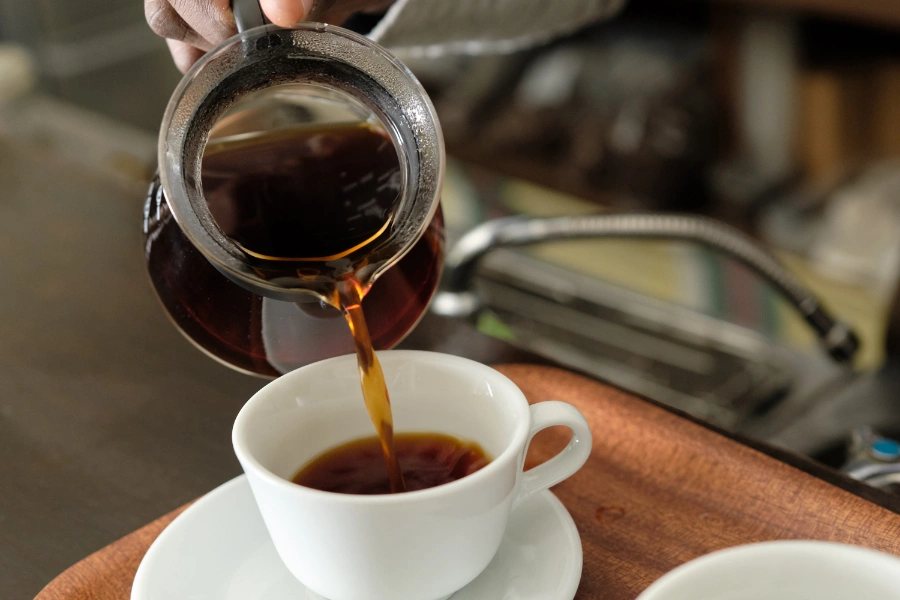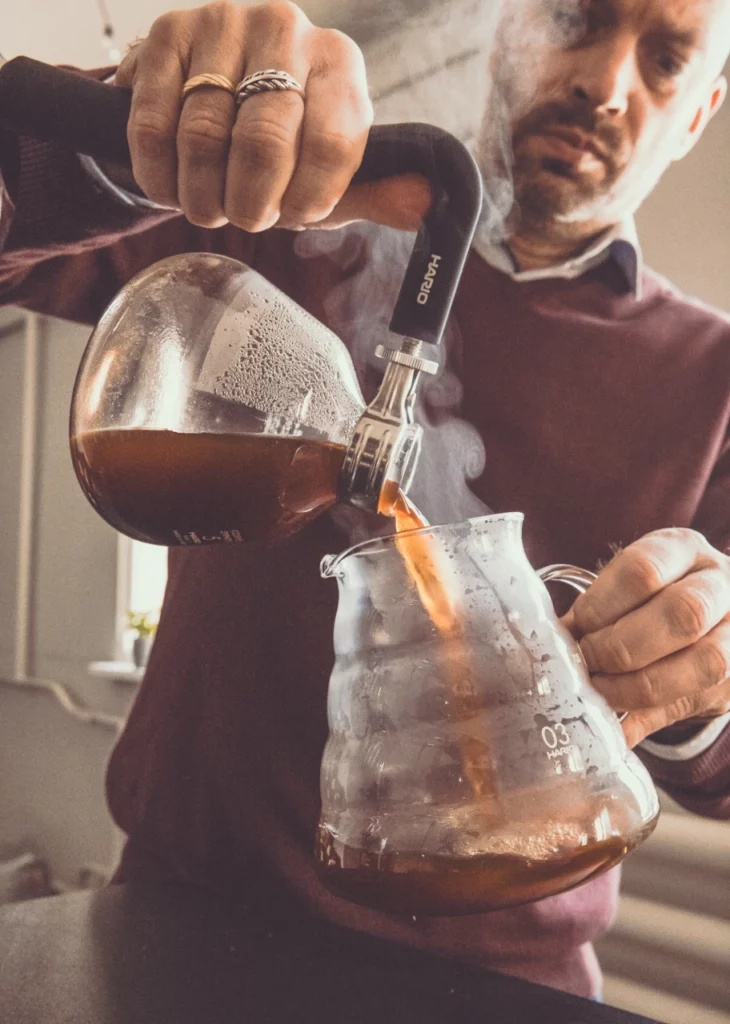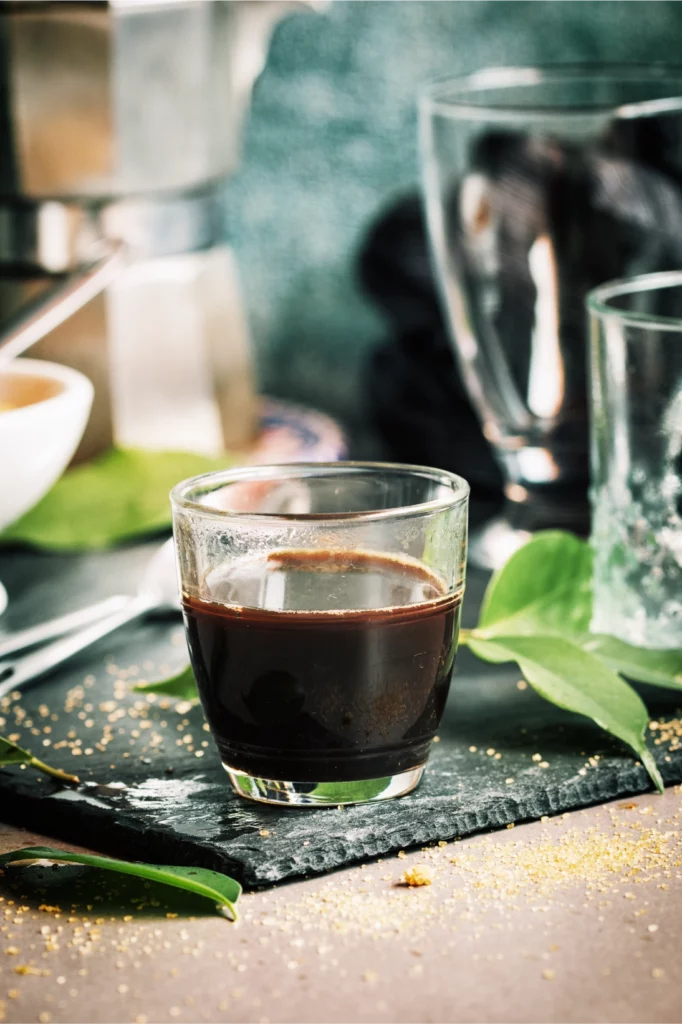
The taste of coffee is dynamic and changes depending on the temperature – this is one of the reasons why enjoying coffee is so fascinating. If you’ve ever noticed that hot coffee tastes different than when it has cooled down, you already know this. But why does this happen? And how does temperature affect the different flavor nuances?
Temperature and Flavor Perception
The human taste buds perceive flavors differently at various temperatures. Our tongues are most sensitive at around 37°C-40°C, which is close to body temperature. Very hot or very cold drinks can dull our sense of taste, which is why some nuances only become noticeable when coffee has cooled a little.
Hot Coffee (Above 60°C)
When coffee is freshly brewed and still very hot, it typically features:
- Less acidity – High temperatures suppress the perception of acidity, making the coffee seem more balanced or even slightly bitter.
- Sharper bitterness – Bitter compounds, like chlorogenic acid lactones, become more prominent at high temperatures, adding depth, especially in darker roasts.
- Muted sweetness – Although coffee contains natural sweetness, we can’t fully perceive it until the coffee cools down a bit.
Moderately Warm Coffee (Around 50°C-60°C)
As coffee cools slightly, more layers of flavor start to emerge:
- More balanced taste – Bitterness is less dominant, and sweet and fruity notes begin to appear.
- More complex aroma – Coffee’s aromatic compounds are more easily released and perceived, offering a richer flavor profile at this range.
- Less heat suppression – The extreme heat no longer dulls the taste receptors, allowing them to work optimally.
Warm to Cool Coffee (35°C-45°C)
This is the stage when the coffee’s flavor profile fully reveals itself:
- Enhanced sweetness – Sugars and natural fruity notes become more pronounced, making the coffee feel smoother and more pleasant.
- Acidity peaks – If the coffee has citrus, berry, or other acidic elements, they shine the most in this range. This is why many coffee experts recommend waiting a few minutes after brewing to enjoy the full range of acidity.

Cold or Cooled Coffee (Below 30°C)
Once coffee is fully cooled:
- Fruity and fermented notes stand out – Some coffees, especially natural process ones, may show wine-like or slightly tangy notes.
- Sometimes more bitterness – Especially in darker roasts or older coffees, undesirable bitter compounds may become more prominent.
- Balance of acidity and sweetness – A well-brewed coffee can still taste good when cold, but if it has sat too long, unpleasant notes can appear.
How to Enjoy the Flavor Changes in Coffee?
To truly understand how temperature affects coffee flavor, try the following:
- Don’t drink it immediately after brewing – Wait at least 3–5 minutes and observe how the taste evolves.
- Taste at different temperatures – Sip it at various stages and note your impressions.
- Compare different coffees – Light roasts are often more interesting when cooler, while dark roasts may taste better when hotter.
In Conclusion
Temperature has a significant impact on how we perceive the taste of coffee. At first, it seems more bitter and less acidic, but as it cools, more complex and sweet flavors emerge. To fully enjoy coffee, don’t rush – let it cool to the optimal range to experience all its nuances and depth.
